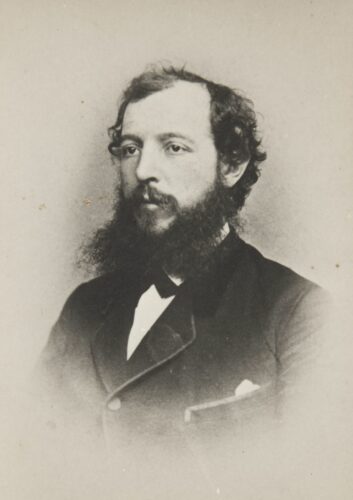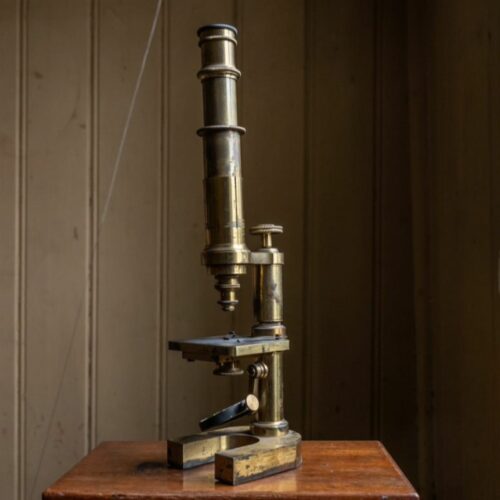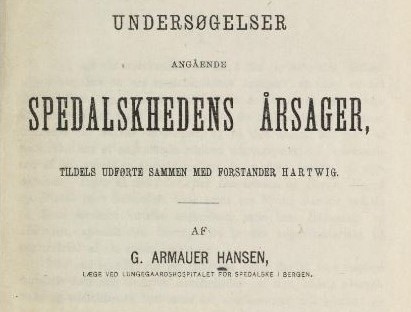Where was the leprosy bacteria discovered?
Many visitors to the Leprosy Museum, based in the old St. Jørgen’s Hospital, look at the tiny room, which is now somewhat randomly equipped and known as both the laboratory and the pharmacy, and like to imagine that it was here that Hansen saw the leprosy bacteria for the first time. We then have to disappoint them by telling them this probably wasn’t the case.
The few people who have been lucky enough to visit the Armauer Hansen Commemorative Rooms in the old Pleiestiftelsen Hospital often stand in awe as they look at the desk and the old laboratory bench, with microscope and microtome preserved under glass cases. However, even there, visitors aren’t as close to the discovery of the leprosy bacteria as they may think.
In 1873, neither the laboratory nor combined office and library were situated there. This area was originally one of the patient rooms and one end of the corridor in the south wing of the hospital. It was not until 1895 that the laboratory and library were moved here from Lungegård Hospital. Lungegård Hospital was the research hospital and is where the laboratory was situated for decades. In all likelihood, this is where Hansen observed the leprosy bacteria for the first time on a February evening in 1873.
Ernst Glück, one of the main proponents of the creation of the Armauer Hansen Commemorative Rooms, wrote about the room in an article in the 1964 journal Naturen: ‘It is here that Armauer Hansen carried out some of his work, both as a scientist and as a doctor. It should be noted, however, that the research work that led to the discovery of the leprosy bacteria was carried out at Lungegård Hospital.’
In addition to this, Professor T. H. Vogelsang, who wrote one of the biographies about Hansen, highlights in an article about the leprosy hospitals in Bergen, printed in the ‘International Journal of Leprosy’ in 1964, that Lungegård Hospital had established a laboratory for scientific research, and that Hansen’s place of work was at that laboratory.
The Lungegård Hospital was demolished in 1953. It’s a great shame that the very hospital where the monumental discovery must have been made is the only one of three leprosy hospitals in Bergen that no longer exists.






